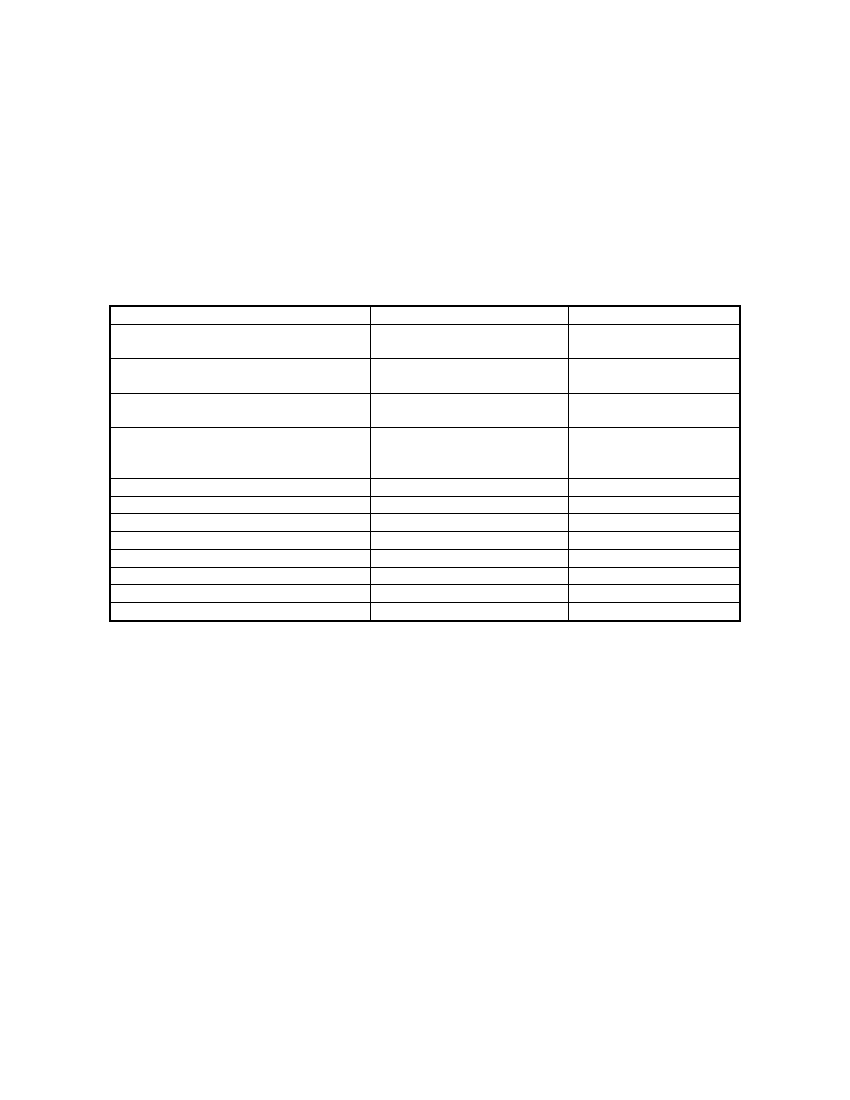
8.5 Qualitative evaluation by the user
Biogas plants have numerous direct and indirect advantages - and, under certain circumstances,
disadvantages - that cannot be expressed in terms of money, but which can be very important for
the user. Even when a biogas plant is not financially profitable, meaning that it costs the user more
than it yields, it can still have such a high socioeconomic value as to warrant its installation. Table
8.5 lists the essential socioeconomic biogas-plant evaluation factors, including plus, neutral and
minus symbols to allow individual-aspect evaluation.
Table 8.5: Socioeconomic benefits and drawbacks of biogas production and utilization
(Source: OEKOTOP)
Benefits
Assured, regular supply of energy rating: +
o-
Improved hygienic conditions through
better disposal of feces, no smoky cooking
fires, less nuisance from flies rating: + o -
General improvement of the agricultural
production conditions, e.g. better live stock
hygine/care, improved soil structure
rating: + o -
Upgrading of women's work
rating: + o -
Better lighting
rating: + o -
Higher prestige
rating: + o -
+ applicable
Possible drawbacks
Direct handling of feces rating: +
o-
Limited communication potential,
e.g. no
more gathering of wood together
rating: + o -
o possibly applicable
- not applicable
8.6 Macro-economic analysis and evaluation
The main quantifiable macro-economic benefits are:
- national energy savings, primarily in the form of wood and charcoal, with the latter being
valued at market prices or at the cost of reforestation
- reduced use of chemical fertilizers produced within the country.
Additionally, foreign currency may be saved due to reduced import of energy and chemical
fertilizers.
Macro-economic costs incurred in local currency for the construction and operation of biogas plants
include expenditures for wages and building materials, subsidy payments to the plant users, the
establishment of biogas extension services, etc. Currency drain ensues due to importing of gas
appliances, fittings, gaskets, paints, etc.
In addition to such quantifiable aspects, there are also qualitative socioeconomic factors that gain
relevance at the macroeconomic level:
102